How to grow broccoli cabbage? Expert advice
Although broccoli cabbage has been known since ancient times, in Russia it has been undeservedly ignored for a long time, preferring the white and red varieties. Today broccoli is gaining more and more connoisseurs, it is one of the healthiest vegetables rich in vitamins. In addition, it has excellent taste, so it is actively used in various culinary recipes. How to grow broccoli cabbage?
Content:
- Features of broccoli as a type of cabbage
- Growing broccoli seedlings
- Important principles of growing broccoli
- Protecting broccoli from pests
- A few secrets of a good harvest
Features of broccoli as a type of cabbage
Broccoli is one of varieties of cauliflower, however, it has several differences: the plant has non-white, and green leaves, it does not form a dense head. On the central and on the side shoots, loose inflorescences are formed, which do not merge into a dense head of cabbage.
It is they who are used for food: in terms of taste, they resemble asparagus, therefore this type is sometimes also called asparagus cabbage. Both the inflorescences and the outer part of the shoots are used for food, it is often used for canning.
Broccoli is one of the most thermophilic varieties of cabbage, it does not tolerate sub-zero temperatures.
One of the advantages is its early maturity: after harvesting from the upper main shoot, cabbage is able to give another crop thanks to new inflorescences on the lateral shoots. The highest concentration of nutrients is found in raw cabbage, however, some of them remain even after heat treatment.
Broccoli is grown for the following benefits:
- The substances contained in the inflorescences have a pronounced anti-sclerotic effect. Eating broccoli can prolong youthfulness and strengthen the immune system.
- Broccoli contains the maximum amount of vitamins and other nutrients; in this parameter, it even surpasses cauliflower. It contains vitamins A, C and E, potassium, calcium, phosphorus and other trace elements.
The special composition promotes the elimination of toxins from the body, therefore broccoli is recommended to be eaten by smokers. These are just some of its beneficial properties that have made it widespread in many countries.
Growing broccoli seedlings
Agrotechnology for growing broccoli is not much different from the principles of growing conventional white cabbage, however, there are still some nuances. Broccoli is a moisture-loving species, it also requires a special feeding regime to get a good harvest. This species is grown using seedlings of their seeds, even a novice gardener can do this.
The largest and healthiest seeds are chosen for seedlings, they are planted in boxes with soil about 35-40 days before planting in open ground.
Broccoli can also be grown in pots: the plant can hardly tolerate transplanting, so it is necessary to keep as many roots as possible when planting in open ground.Stones or expanded clay are placed at the bottom of the seedling container: the drainage layer will take moisture away from the roots and prevent the soil from rotting.
Features of the seedling method:
- For growing seedlings, neutral or alkaline soils are used.
- Grooves are made on the surface of the soil, the depth of which is up to 1.5 cm, after which it is necessary to moisten the ground and plant seeds in it at a distance of about 15 cm.
- The earth needs to be compacted, the seedlings are grown in a cool place with an optimal temperature, first 16, and then 8 degrees.
- It should not be exposed to direct sunlight, but there should be enough light in the room. If the room is too warm, the head may appear prematurely.
- When the seedlings have at least 5 leaves, they are planted in the garden.
- Usually, the transplant is carried out 35 days after planting, this time falls on the end of April - beginning of May.
- The depth of the planting holes is about 25 cm, the distance between plantings should be at least 40 cm.
- The wells must be watered abundantly, in addition, immediately after the first planting, the first feeding is carried out: the plants are fertilized with urea in the amount of 2 tbsp. spoons per 10 liters of water. This dose should be enough for 10 bushes.
The broccoli is re-fed when the head is formed, for this slurry is used... It should be diluted at least 4 times, small portions of top dressing are watered under each root of the plant.
Important principles of growing broccoli
It is advisable to plant broccoli in the garden after cucumbers, cereals, potatoes - such precursors enrich the soil with substances useful for cabbage. Bad predecessors for her are tomato, beets, radishes, radishes. It is advisable to prepare the site for planting broccoli in advance; for this, the soil is supplied with lime substances.
The most important rules for growing broccoli:
- The best soil for cabbage is a mixture of peat, sand and turf in equal proportions. It is not recommended to use humus, in addition, it is undesirable to take old garden soil, as they can be affected by a black leg, which will be transmitted to the plant.
- When the heads begin to ripen, it is recommended to shade them so that the sun's rays do not fall on them. To do this, they are covered with cut sheets, otherwise they will be small and disheveled.
- Cabbage is a moisture-loving plant, so it will need to be watered abundantly. But at the same time, it should not be waterlogged, since infection with a black leg and rotting of the roots is possible. However, if the humidity is too low, the plant heads will be small and loose.
- The heads must be cut off before opening. It is impossible to be late with the harvest: over time, the heads begin to coarse, in addition, they have a bitter aftertaste. Cut them along with part of the stem. Side shoots can be left, and soon new heads will appear on them. If you plant an early ripe variety, you can end up harvesting a double crop.
Broccoli is one of the unpretentious plants, usually you can grow a rich harvest without much difficulty. Constant care consists in watering and weeding, in addition, it is necessary to control pests. Early varieties usually ripen within 3 months after planting in the ground, mid-ripening takes about 70 days, late-ripening about 80 days.
Proper storage of the crop must be ensured.
If broccoli is not intended to be eaten immediately, the heads are first dipped in water to cool, then folded into bags and frozen. This will allow vegetables to be stored for many months, while maintaining maximum vitamins in them. The heads are convenient for canning, there are many recipes for marinades.
Protecting broccoli from pests
To get a good harvest, you need to take care of the obligatory protection of broccoli cabbage from pests.
She is threatened by caterpillars, aphids, snails and slugs can cause great harm to the plant.Plants do not have to be sprayed with chemicals; folk remedies are quite effective. A simple method is to process the plant tomato broth: tomato leaves are boiled in water, then the broth is cooled, and the plants are sprayed with it. This allows you to fight against caterpillars that damage the leaves.
Processing is recommended in warm, windless weather.
To clean the leaves from aphids, spraying with a decoction of hot pepper is used.
The method is harmless, it will not affect the taste of the crop. Only 3-4 pods are enough per liter of water, it is recommended to infuse the broth during the day. Another option is an infusion of garlic and tobacco leaves. Plants are sprayed with the resulting bitter composition: it makes them inedible for most pests.
There are also industrial remedies to free broccoli from aphids and caterpillars. Good results are shown by treatment with "Intavir": it must be carried out strictly according to the instructions on the packaging. The main disadvantage of industrial chemicals is that they reduce the usefulness of the plant itself, they can be used with great care.
A few secrets of a good harvest
Broccoli is not a very demanding culture, but it also has its own secrets.
Knowing certain subtleties, you can get a good harvest:
- Cabbage aphids are afraid of dill if planted in a cabbage patch. This will save space and not spray green plants with chemicals.
- If you alternate cabbage and tomato on the site, it will be reliably protected from leaf beetles and many other pests.
- 2 weeks before planting seedlings in the ground, it must be hardened by taking out for a short period of time in the sun.
- You can sow broccoli with seeds right away, bypassing the seedling phase. In this case, the harvest will have to wait longer, but the plants will be more adapted to possible cold weather.
- Before sowing, it is recommended to spill the substrate with a weak solution of potassium permanganate - this will clear the soil of pests.
Compliance with agricultural technologies when growing cabbage will allow you to get an excellent harvest, this does not require large labor costs. Broccoli is becoming an increasingly common and beloved crop. It can be used in the preparation of a wide variety of dishes, and by the amount of vitamins it can be called a real natural medicine.
More information can be found in the video.




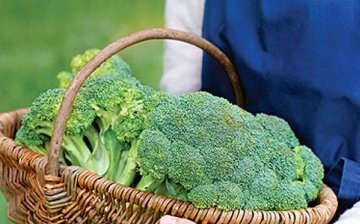
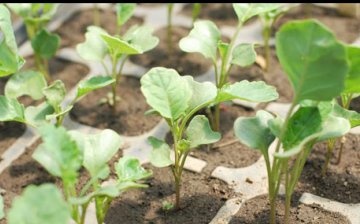


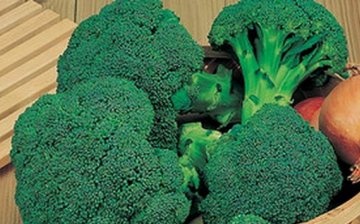






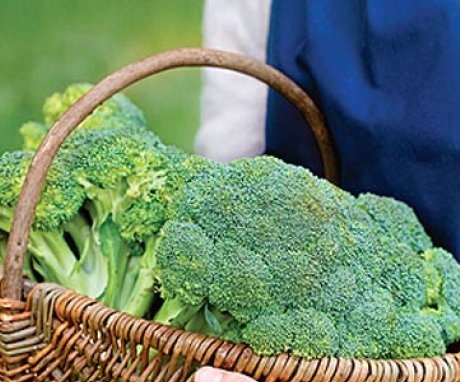
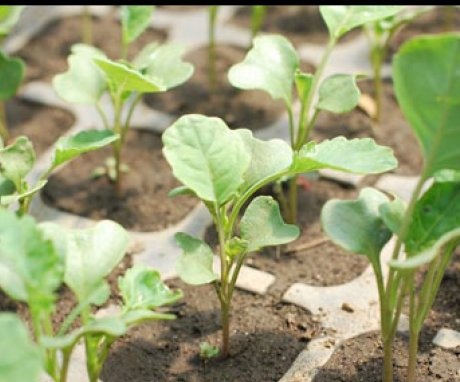
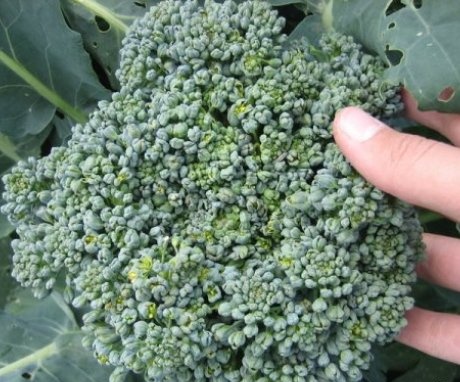
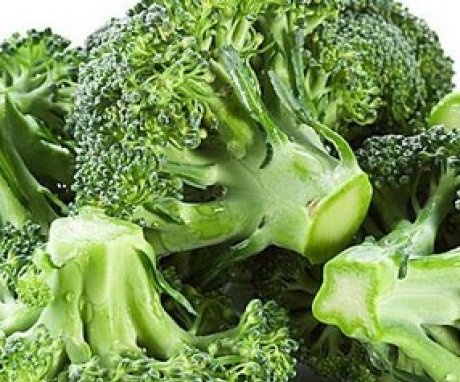
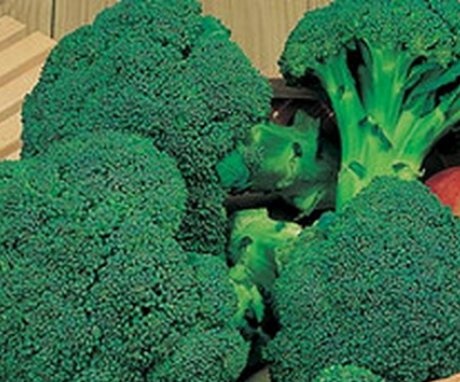
I love broccoli very much, but I have never tried to grow it on my own. Now I will impatiently wait for spring and start my first attempts :-)
And we plant broccoli every year, it gives us a harvest right up to late autumn, although only the first head is large, the rest are smaller.
Last year I started growing broccoli for the first time. But the caterpillars literally overpowered. I will definitely try to process it with tomato broth this year, but I try not to use industrial products.
Interesting article